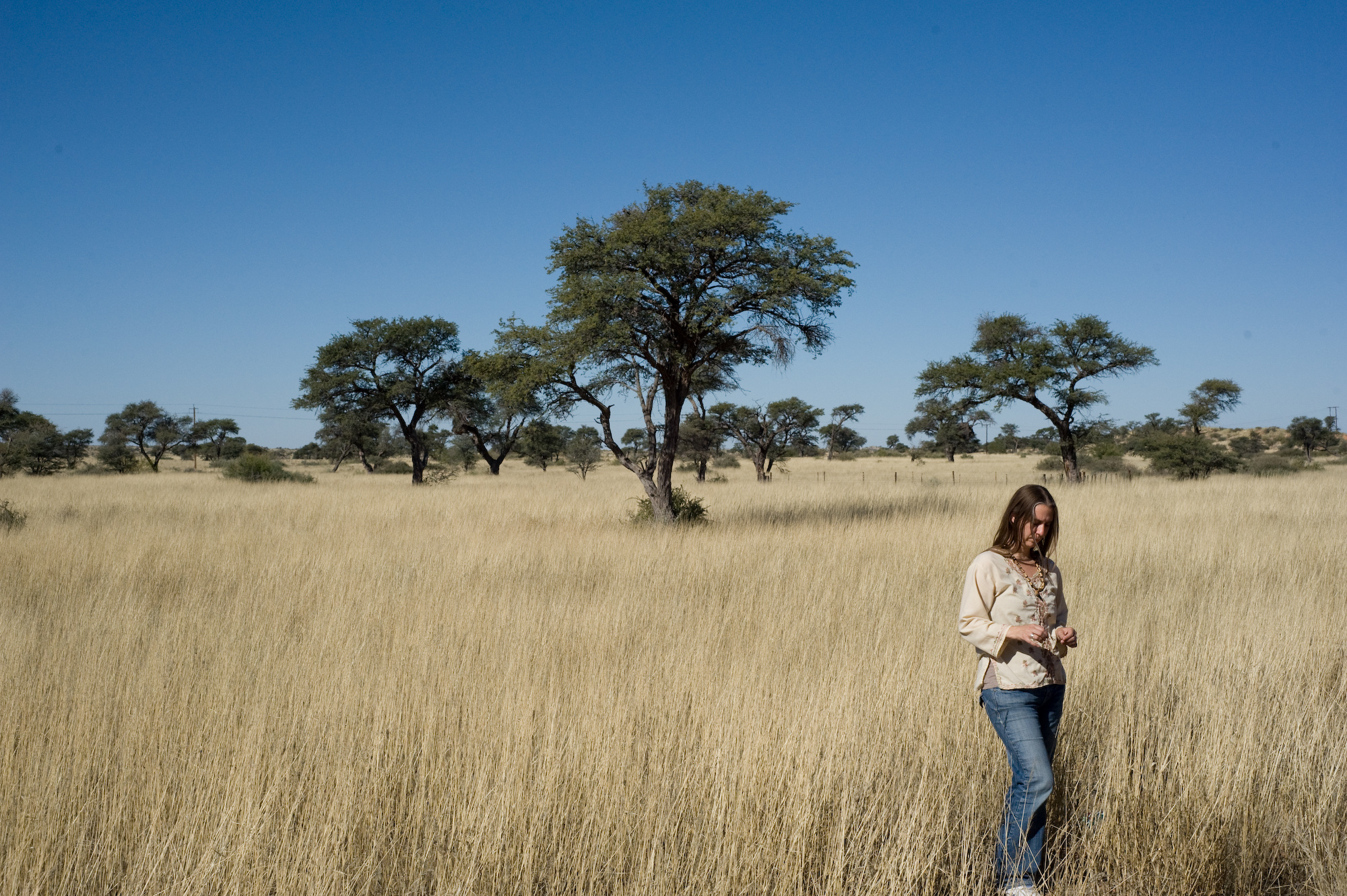Hay Bale Housing

As the world grows more populous and the gap between the highest and lowest socioeconomic levels of society grow wider, one of the great challenges to human rights activists and environmentalists alike remains trying to produce safe, decent housing that is affordable, accessible, and sustainable. Since this is a multi-faceted problem, it is going to require a multi-faceted solution, but one of those facets seems to revolve around hay bale housing.
What Hay Bale Housing Entails
Hay Bale housing is in some ways a misnomer since many grasses and similar plants, including wheat, barley, rye, rice or oats can be utilized in the construction of safe, sturdy, well-insulated homes whose walls are built of this material then covered over with some form of stucco. There are two main types of hay bale houses: some sport a post-and-beam style construction where the bales are inserted into the walls, while the other method forgo this and the weight of the roof is supported by the bales themselves. Many people will be surprised to learn that this is not new technology, but rather a reinterpretation of an older building method which was in use in both the United States and Europe in the late 1800’s and early 1900’s: it is a testament to the longevity of these structures that many of them built in this time period are still standing.
Advantages of Hay Bale Housing
There are many advantages to hay bale housing that explain its growing popularity. The most obvious one is the price, since the building materials for this house are very inexpensive compared to that of the traditional home (though the price for stucco can vary widely, depending on the type that is employed). This is one things that makes it so attractive as a possible solution to the shortage of affordable, decent housing, a problem which is global in proportion. Because of the wide variety of materials already mentioned that can go into the construction of such a house, it is also readily adaptable to a number of environments. Lastly, it can be constructed in a relatively short time and by people who are not necessarily highly trained, another feature went might be considered handy if this kind of home is going to be built on a larger scale, particularly in areas of the world that need it the most.
The trend does seem to be catching on. Back in the 1990’s, for instance, when Canelo Project started in southeastern Arizona, it was one of the few in the country who offered workshops to teach people about this method of homebuilding. At that time, the examples of hay bale houses were almost exclusively historic buildings dotting Nebraska and other parts of the Midwest. Now, of course, hay bale houses have grown in popularity and have spread not only across the United States, but Canada, Australia, Russia, France and Norway, just to name a few. Interestingly, several developing economies have also begun to experiment with this method, including places as diverse and Mexico and Mongolia.
Hay Bale Housing and Environmental Impact
What is it about hay bale housing that makes it so attractive from the environmental point of view? To begin with, the bales are usually bought from local farmers, who would usually otherwise burn the straw as agricultural waste: in the United States alone, in fact, over 200 million metric tons of waste straw are burned every year and is a source of air pollution. Hay bale housing helps to cut down on this waste and it also cuts down on the amount of fossil fuel needed to transport housing materials to the site, since again most of this waste straw is local. Also, went built, is on average 3 times more energy efficient than a traditional house, so it has a positive impact on the environment in regards to energy consumption. All of this make it a very green choice indeed.
Conclusion
The need for affordable, sustainable housing is great all around the world. However, while solving a problem as large in scope as this one is going to take many different, sometimes very localized solutions, hay bale housing is versatile enough in scope and inexpensive enough in practice that it might provide one possible way to achieve the goal of safe, green universal housing.
Sources:
Mother Earth News
Sustainable Resources
The Strawbale House




